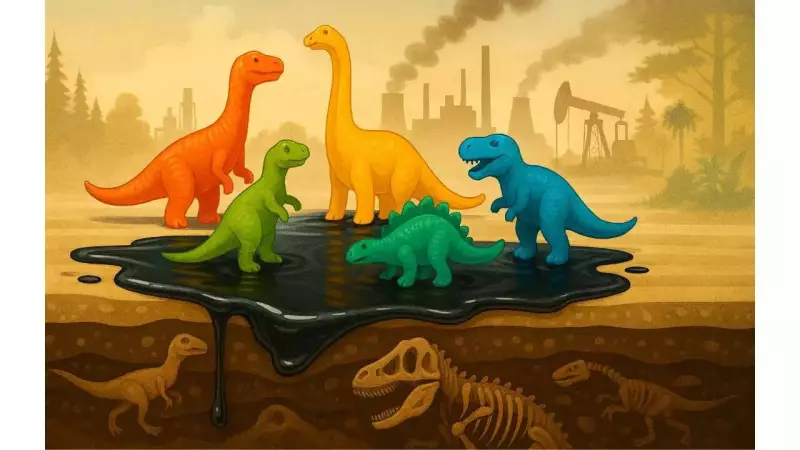
In a fascinating intersection of paleontology and modern manufacturing, scientists have uncovered remarkable parallels between plastic dinosaur toys and their ancient, real-life counterparts. The connection goes far deeper than mere appearance, revealing insights that bridge millions of years of evolutionary history.
The Science Behind the Similarity
Researchers have discovered that the manufacturing process of plastic dinosaurs inadvertently mirrors key aspects of how real dinosaurs evolved and were preserved. Both processes involve specific conditions that determine the final outcome - whether it's a fossilized skeleton or a molded plastic toy.
Molding Processes and Evolutionary Patterns
Just as real dinosaurs developed through evolutionary pressures and environmental factors, plastic dinosaurs are created through injection molding processes that share surprising similarities:
- Form and Function: Both real and plastic dinosaurs evolved forms suited to their environments - whether for survival or play
- Material Composition: The plastic used in toys undergoes transformation similar to fossilization processes
- Scale and Proportion: Manufacturers often use scientific data to ensure accurate scaling, much like paleontologists reconstruct dinosaurs from fossil evidence
Educational Value Beyond Imagination
These plastic replicas serve as more than just toys - they're powerful educational tools that help bridge the gap between scientific discovery and public understanding. Children and adults alike can grasp complex paleontological concepts through hands-on interaction with these accurately designed models.
"The humble plastic dinosaur does more than entertain - it educates and inspires future generations of scientists," notes one researcher involved in the study.
Preservation Through Different Means
While real dinosaurs were preserved through fossilization over millions of years, plastic dinosaurs achieve a different kind of immortality through mass production and distribution. Both methods ensure that these magnificent creatures continue to capture human imagination long after their disappearance from the Earth.
The study highlights how even the most ordinary objects can contain extraordinary scientific stories, reminding us that connections between past and present exist in unexpected places.





